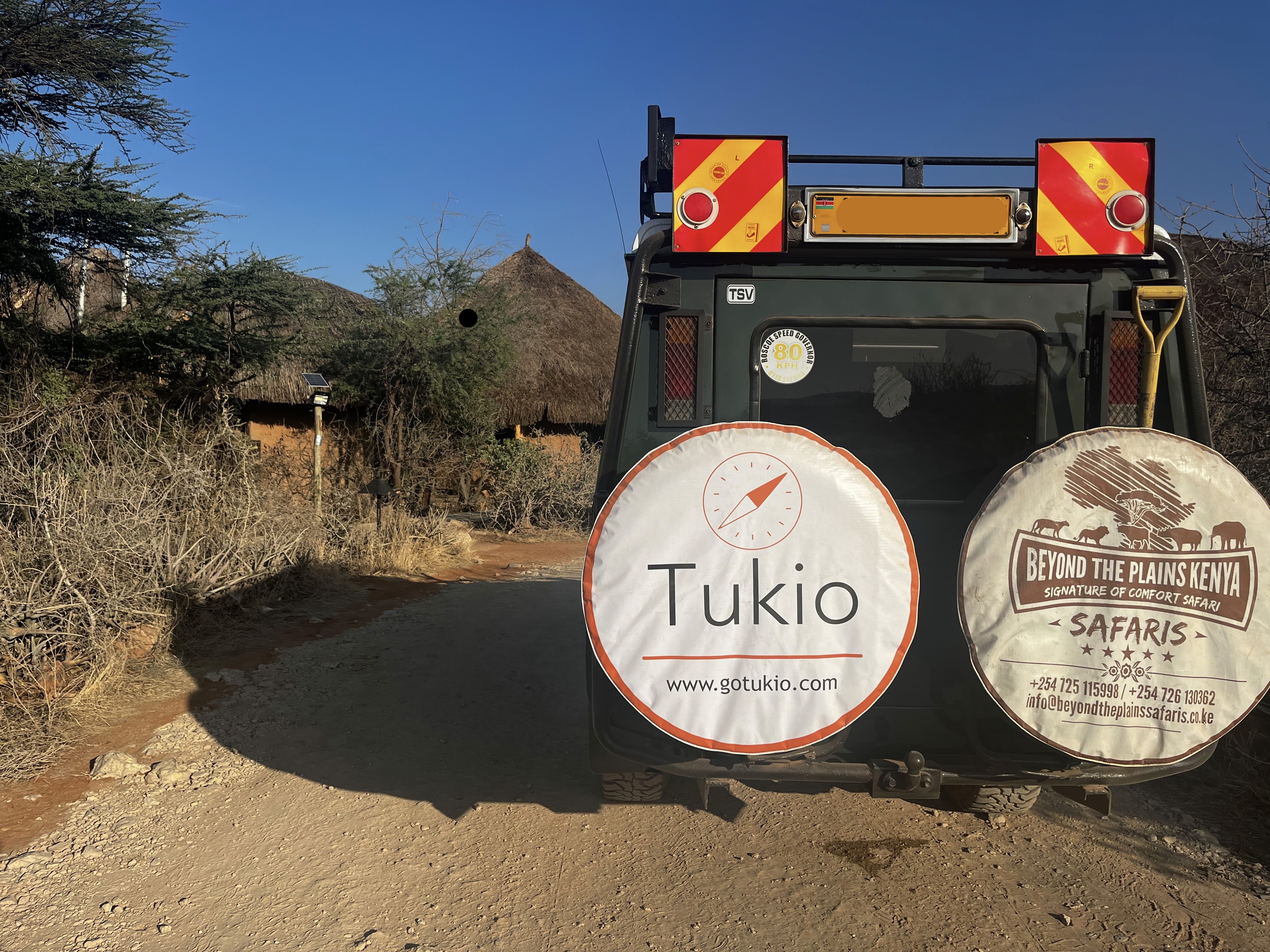Kenya is a land of breathtaking landscapes, diverse ecosystems, and unparalleled wildlife experiences. Whether you’re dreaming of witnessing the Great Migration, spotting the Big Five, or exploring lesser-known gems, timing is everything. Understanding Kenya’s seasons and wildlife patterns can help you plan the perfect safari adventure. Let’s dive into the details to discover the best time to visit Kenya for an unforgettable safari.
Kenya’s Seasons: A Breakdown
Kenya’s climate is relatively stable due to its proximity to the equator, but it can be divided into distinct seasons that influence wildlife behavior and safari conditions.
Dry Season (June to October)
Overview: This is the peak safari season in Kenya, with sunny days, minimal rainfall, and excellent game viewing opportunities.
Wildlife Highlights: The dry season coincides with the Great Migration in the Maasai Mara, where millions of wildebeest, zebras, and antelopes cross the Mara River—a dramatic event filled with predator-prey interactions.
Pros:
Easier wildlife spotting due to sparse vegetation.
Animals congregate around water sources.
Ideal weather with clear skies and moderate temperatures.
Cons:
Higher prices and crowded lodges.
Limited availability, so advance booking is essential.
Short Rains (November to December)
Overview: While this season brings brief showers, it also transforms the landscape into lush greenery, making it a beautiful time to visit.
Wildlife Highlights:
Migratory birds arrive, making it a paradise for birdwatchers.
Baby animals are born, offering a chance to see adorable young wildlife.
Pros:
Fewer tourists and lower rates.
Stunning photographic opportunities with vibrant landscapes.
Cons:
Some roads may be muddy and harder to navigate.
Long Rains (March to May)
Overview: Known as the low season, this period sees heavy rainfall, but it’s not without its charms.
Wildlife Highlights:
Private game reserves still offer great wildlife viewing.
Lush landscapes and dramatic skies create a unique safari atmosphere.
Pros:
Lowest rates and fewer crowds.
Exclusive experiences in quieter parks.
Cons:
Some lodges and camps may close.
Wildlife can be harder to spot due to thick vegetation.
Transition Months (January to February)
Overview: This is a short dry spell between the rains, offering excellent wildlife viewing.
Wildlife Highlights:
Animals are active and easier to spot.
Calving season for wildebeest and zebras, attracting predators like lions and cheetahs.
Pros:
Warm weather and clear skies.
Excellent opportunities for predator sightings.
Cons:
Still considered a shoulder season, with occasional rains.
Best Time by Region and Activity
Kenya’s diverse regions offer unique safari experiences year-round. Here’s a guide to help you plan based on your interests and destinations.
Maasai Mara (Great Migration)
Best Time: July to October.
Why Visit: Witness the dramatic river crossings as millions of wildebeest and zebras migrate between the Serengeti and Maasai Mara.
Tip: Stay in a camp near the Mara River for front-row seats to the action.
Gotukio.com trips featuring the Maasai Mara:
Amboseli National Park (Elephants and Kilimanjaro)
Best Time: June to October and January to February.
Why Visit: Clear skies provide stunning views of Mount Kilimanjaro, while large herds of elephants roam the plains.
Tip: Early morning game drives offer the best chances for wildlife sightings and photography.
Gotukio.com trips featuring Amboseli:
Lake Nakuru (Birdwatching)
Best Time: November to April.
Why Visit: Flamingos flock to the lake during the rainy season, creating a mesmerizing pink spectacle.
Tip: Bring binoculars to spot the diverse bird species that thrive in this ecosystem.
Gotukio.com trips featuring Lake Nakuru:
Samburu National Reserve (Unique Wildlife)
Best Time: June to October.
Why Visit: Home to the Samburu Special Five—Grevy’s zebra, Somali ostrich, gerenuk, Beisa oryx, and reticulated giraffe.
Tip: Visit during the dry season when animals gather around the Ewaso Ng’iro River.
Gotukio.com trips featuring Samburu:
Coastal Kenya (Beach and Wildlife Combo)
Best Time: December to March.
Why Visit: Combine a safari with a relaxing beach getaway along Kenya’s stunning coastline.
Tip: Explore marine parks for snorkeling and diving opportunities.
Gotukio.com trips to combine with the coast:
Top Tips for Planning Your Safari
Book Early: For peak seasons, secure your accommodations and guides at least six months in advance.
Pack Smart: Bring neutral-colored clothing, sturdy shoes, and layers for cool mornings and warm afternoons.
Consider Travel Insurance: Safaris can be unpredictable, so it’s wise to have coverage for delays or cancellations.
Work with Experts: Platforms like gotukio.com offer tailored safari packages and expert guidance to ensure a seamless experience.
FAQs: Visiting Kenya for Safari
Q: Is it safe to visit Kenya during the rainy season?
A: Yes, while some areas may experience muddy conditions, many parks and reserves remain accessible and offer unique wildlife experiences during the rains.
Q: Can I see the Big Five year-round?
A: Yes, Kenya’s Big Five (lion, leopard, elephant, buffalo, and rhino) can be spotted year-round, though sightings may vary by region and season.
Q: Are safaris suitable for families with children?
A: Absolutely! Many lodges and camps offer family-friendly accommodations and activities, ensuring a memorable experience for all ages.
Why Choose gotukio.com for Your Safari?
At gotukio.com, we specialize in creating personalized safari experiences that align with your interests and schedule. From luxury lodges to adventurous camping, our expert guides ensure you enjoy Kenya’s wildlife at its finest. With seamless planning and transparent pricing, we make your dream safari a reality.
Plan your Kenyan safari today and witness the magic of this extraordinary destination, where every season offers something unforgettable. Explore itineraries and book your adventure with gotukio.com now!







